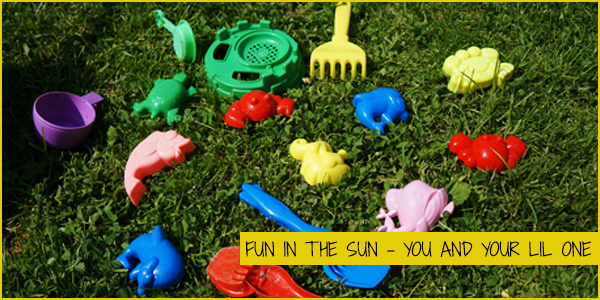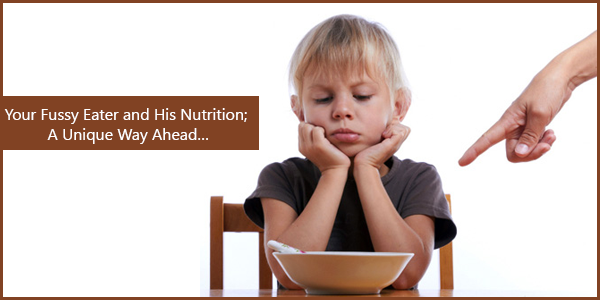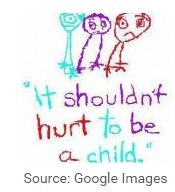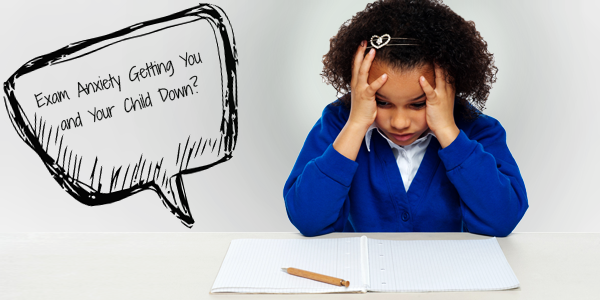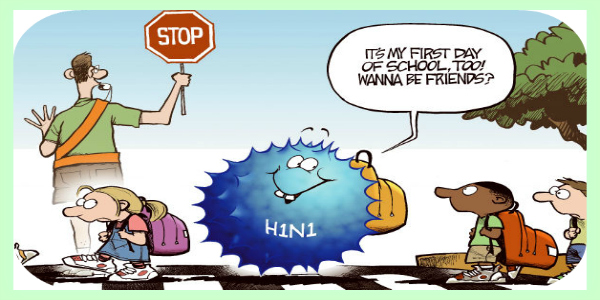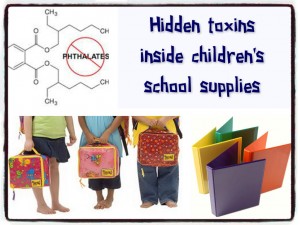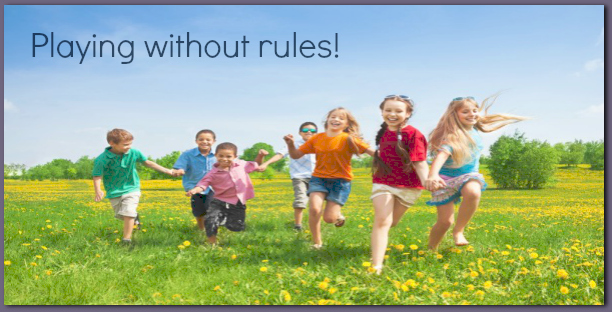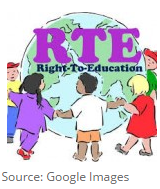Summer holidays are almost upon us. Kids will be home all day. Now what?! How to keep your bubbly little children occupied, so you don’t hear “Mom, I’m bored!” – Words that every mother has dreaded since times unknown.
Read on to find out 6 summer time activities that you can plan with your kids even in the Indian summer. Yes, this list is totally meant for the harsh summers that we face every year.
